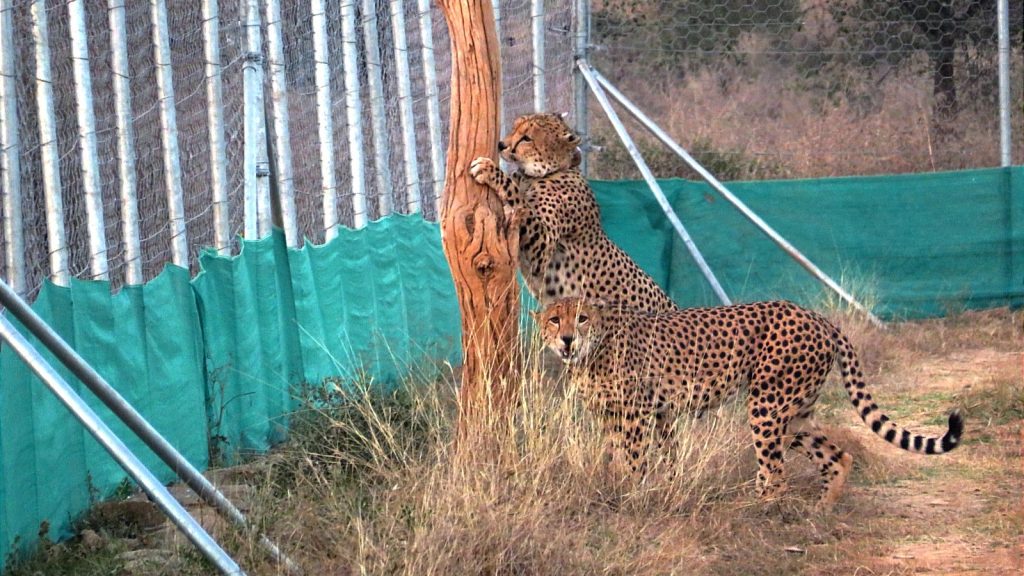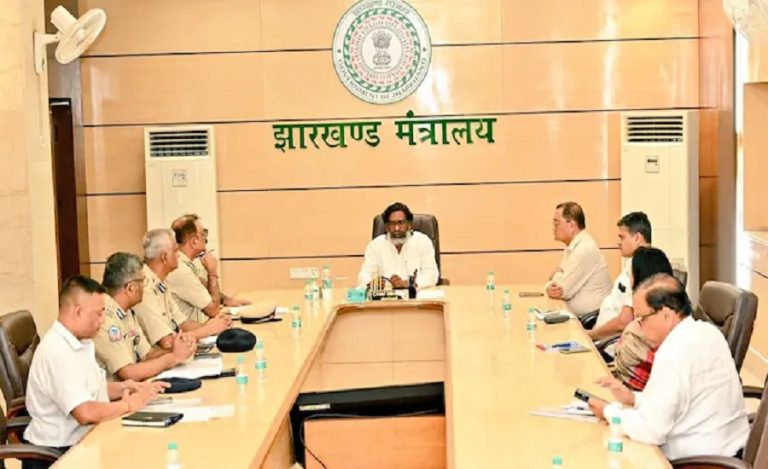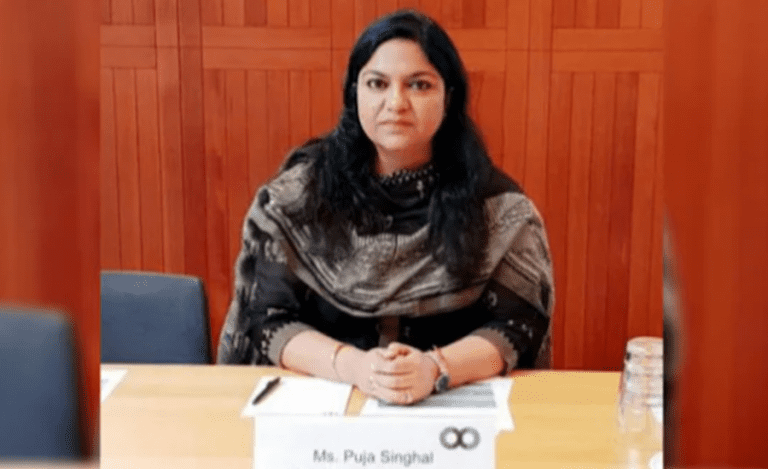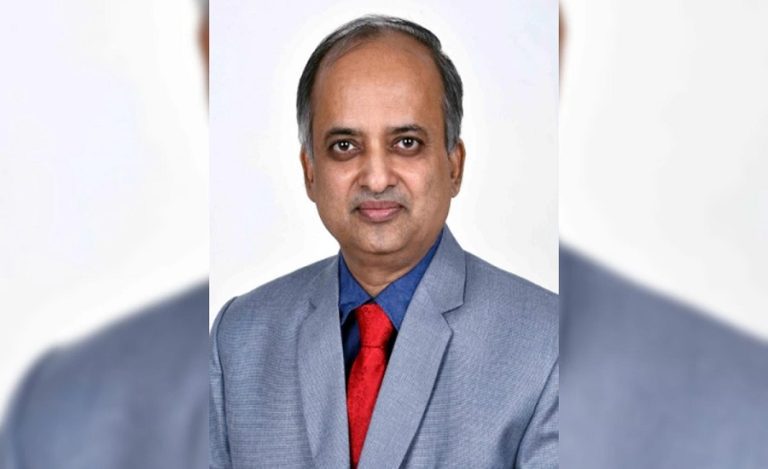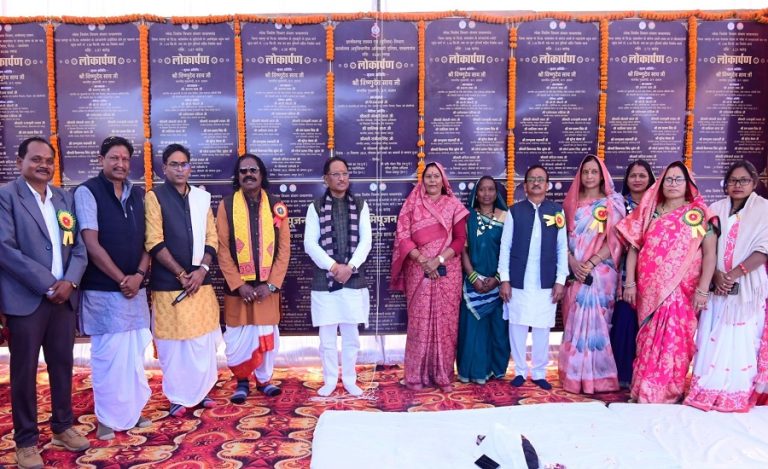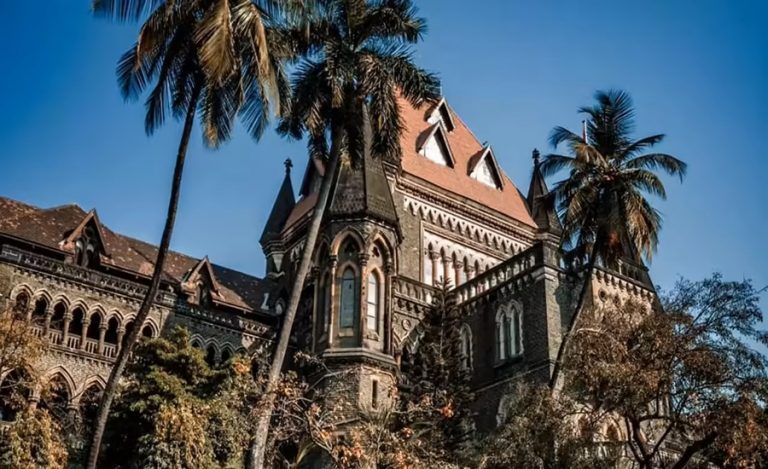Even as four healthy cheetah cubs continue to thrive in Madhya Pradesh’s Kuno National Park, the seat of Modi government’s ambitious project aimed at reviving the cheetah population in India that ended 70 years back, a third death from among the 20 big cats imported from Africa has raised alarm among wildlife enthusiasts.
Sasha died in March followed by Uday in April and Daksha in May. Indian Masterminds got in touch with Kuno National Park DFO Prakash Verma, an IFS, to get insights into these recent deaths and how the project was shaping.
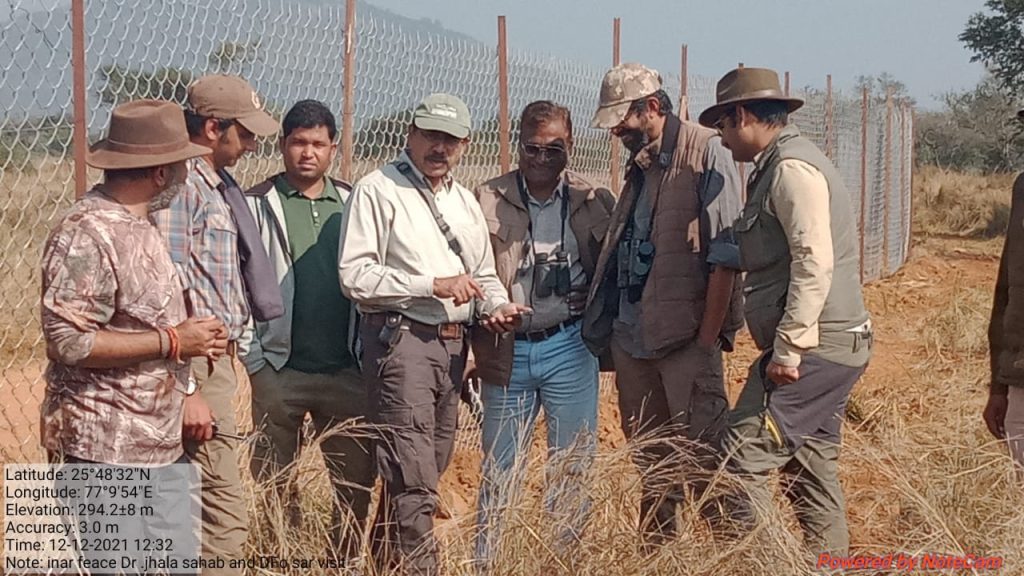
DECODING DEATHS
Five-year-old female Sasha, one of the eight cheetahs brought from Namibia in September last year died of kidney ailment on March 27, 2023. She was not keeping well since her arrival. “Experts already told us that it was impossible to save her. We even questioned the African authorities as to why she was sent if she was already sick,” Mr. Verma shared.
On the other hand, the preliminary report of six-year-old Uday’s autopsy showed it passed away due to the pulmonary cardiac arrest. Uday landed in India in February along with 11 more cheetahs from South Africa. The officer said the team of experienced Indian veterinarians shared the same reason of the demise. However, we haven’t received the toxicology report yet.
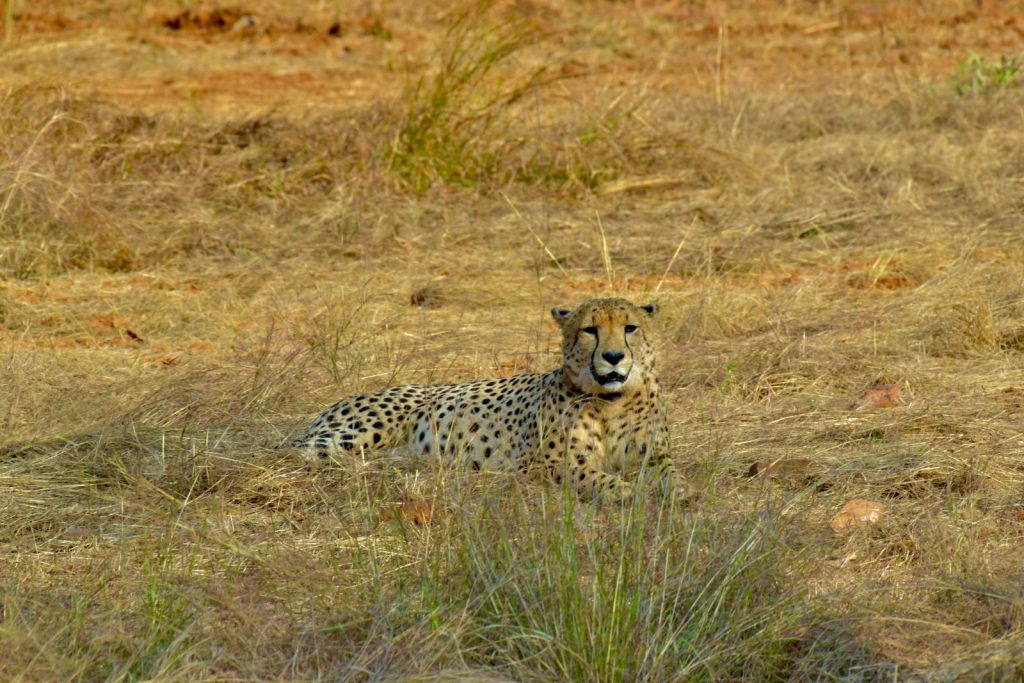
Female Daksha, who came to India along with Uday, died on May 9 after a confrontation with two male cheetahs inside an enclosure. Female Cheetah Daksha’s death lead to three deaths within 43 days.
VERDICT NOT OUT
So do the deaths signal towards a failure?
Statistic shows that similar programs undertaken around the world have recorded over 50% mortality. The Department of Forestry, Fisheries and Environment, South Africa stated that the deaths of two cheetahs in KNP are within expected mortality rates for a project of this nature.
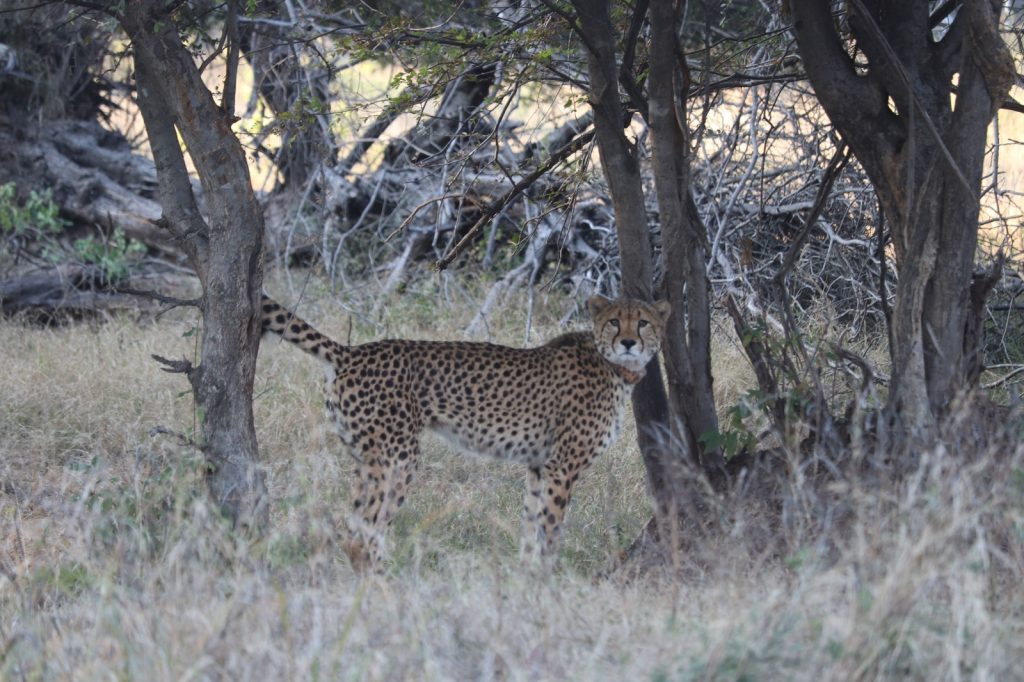
IFS Verma also pointed out that the South African and Namibian doctors confirmed that the deaths were normal phenomenon. They also said that it was surprising that no casualties took place during the translocation in the initial days.
Sharing about a similar project in Zambia, Mr. Verma informed that around 9 cheetahs out of 22 succumbed after that translocation.
Amid the gloom, on March 24, Siyaya gave birth to four healthy cubs. Their mortality rate is usually 95% in the first two months but the officer shared that the newborns were doing fine.
CLOSE MONITORING
KNP has a team who are using latest technologies for 24X7 monitoring of the cheetahs. From high-mast cameras to radio collars to satellites the reintroduced species are under constant surveillance.
No tourism activity has been started yet in the area where the cheetah enclosure is located as this can increase the animals’ stress level. “We are still undergoing the training phase and once the cheetah population is established, we will start the tourism,” the officer concluded.

